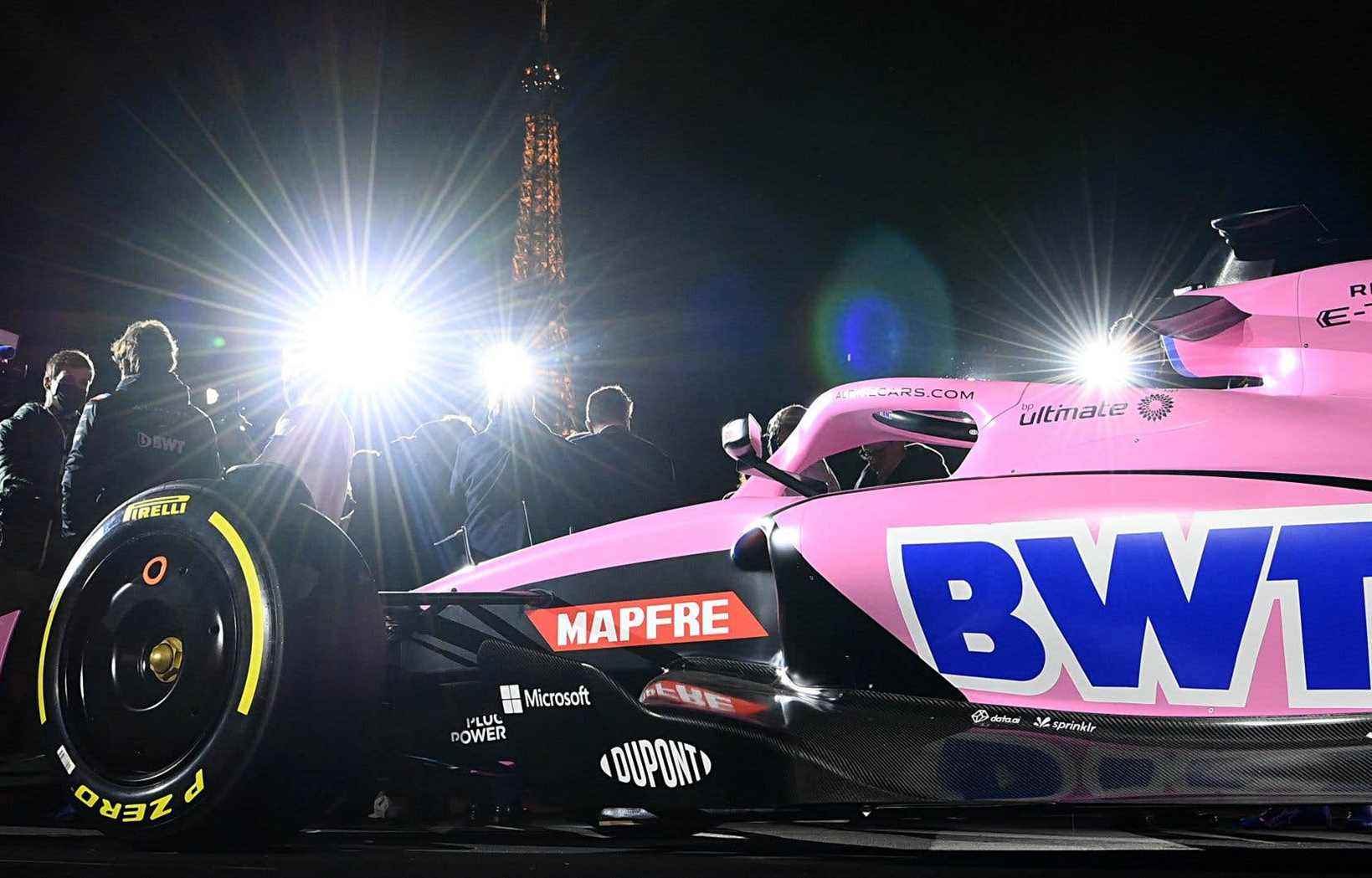Formula 1 will offer a glimpse of what the season could look like when its new generation of cars hit the track in testing in Barcelona on Wednesday.
It will be the first pre-season testing after one of the series’ biggest rule changes, and the first time drivers and teams will get a real sense of what to expect in 2022.
F1 has implemented major changes to improve racing and try to make the series more competitive, with new aerodynamics and tire requirements that will make the cars different from previous years. They will feature new rear and front wings, as well as larger wheels, to allow riders to ride closer to each other and hopefully increase the number of overtakes.
Older cars lost downforce — and their ability to corner faster — the closer they got to the cars in front. The changes were intended to reduce this downforce loss and give trailing riders a better chance of overtaking.
“Every decision we made was to not dumb the sport down, but to make it more accessible for more teams and to have higher competition in the future while leaving it a meritocracy so may the best teams always win,” said motorsport boss Ross Brawn.
The last time F1 made such drastic rule changes was in 2014 when the turbo hybrid era began. In 2017 F1 had already introduced design changes that made the cars wider and faster to try and make the series more exciting, although that didn’t stop Mercedes and Red Bull from dominating.
“Honestly, I don’t think the regulations will drastically change the general scheme of things,” Brawn continued. It will bring the cars together a lot and I think we will see some of the mid-pack teams compete. I think we will have a larger group of competitive teams. »
F1 is coming off one of its best seasons as Max Verstappen and Lewis Hamilton fought for the title until the end, with Verstappen winning in his Red Bull on the final lap of the final race to end to Mercedes’ seven-year dominance.
“I’m optimistic for the coming season,” Brawn said again. Good teams will always do good work. They have the expertise and the experience. While I’d love to see it, I don’t think we’ll see any back-to-back teams dominating all of a sudden this year. »
Due to regulatory changes, pre-season testing has been split into two segments, with the first sessions taking place from Wednesday to Friday in Barcelona and three more scheduled for March 10-12 in Bahrain ahead of the season kick-off. , March 20th.
“Now, with the new regulations, you have to get used to the car. It’s not like you get behind the wheel and it’s an upgrade from last year, Verstappen said. A lot of things are unknown about the car… I’m very curious to see how the car behaves on the track. »
Fuel
The cars will also use a higher percentage of sustainable fuel and new safety features. There will be a lower budget cap for teams and adjustments have been made to race weekends to allow drivers and teams to arrive at circuits later.
The two free practice sessions on Friday will take place in the afternoon so that the press briefings can take place in the morning instead of Thursday. There will also be some changes to the sprint race weekends, with more points awarded up to eighth place and the lead position will now go to the Friday qualifying winner and the points award will increase on Saturday at the end of the race. end of the sprint.
It will be F1’s longest season to date with 23 races, with the Miami Grand Prix starting in May on a street circuit. Races in Japan, Canada, Australia and Singapore return after being pulled from the calendar due to the COVID-19 pandemic.
On the driver side, George Russell has been promoted to Mercedes to replace Valtteri Bottas, who finds himself at Alfa Romeo alongside Zhou Guanyu, the first Chinese driver in F1 history. Russell’s place at Williams went to Alex Albon, while two-time world champion Fernando Alonso returns to Alpine at 40 – the oldest driver on the grid after Kimi Raikkonen’s retirement.
